

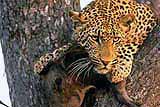
 A varied diet ensures that the Leopard is able to adjust to just about anything.
Although Leopards generally feed on medium and small antelopes, they have also have
been known to feed on Hyrax, Baboons, Foxes, fish and reptiles.
A varied diet ensures that the Leopard is able to adjust to just about anything.
Although Leopards generally feed on medium and small antelopes, they have also have
been known to feed on Hyrax, Baboons, Foxes, fish and reptiles. 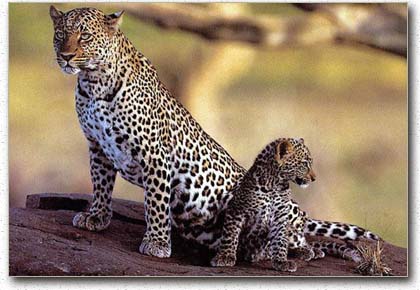 after a gestation period of three and a half months and females usually give birth to two or
three cubs in hidden lairs of natural holes or thick bush.
after a gestation period of three and a half months and females usually give birth to two or
three cubs in hidden lairs of natural holes or thick bush. 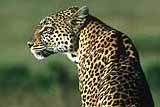
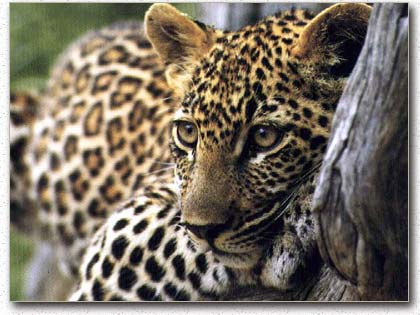
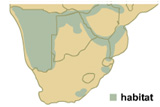


© 2002 -
"The Lone Tree Safari Lodge
All Rights Reserved"